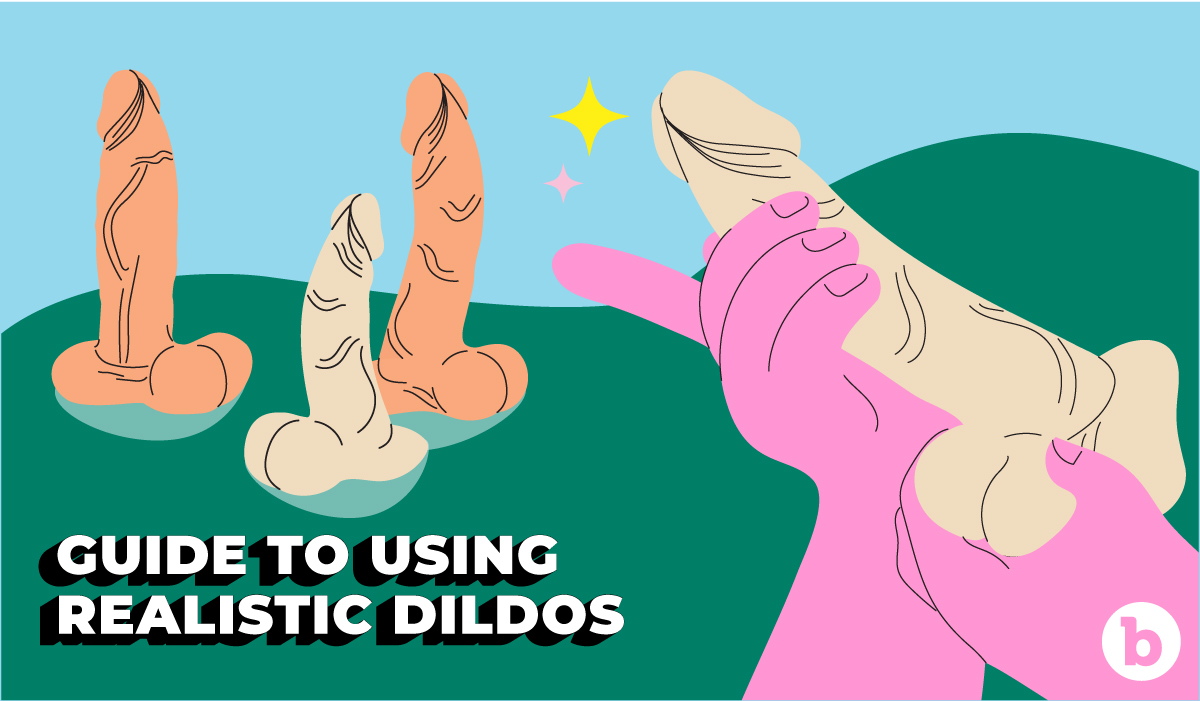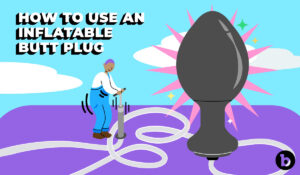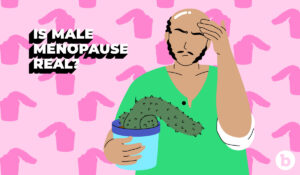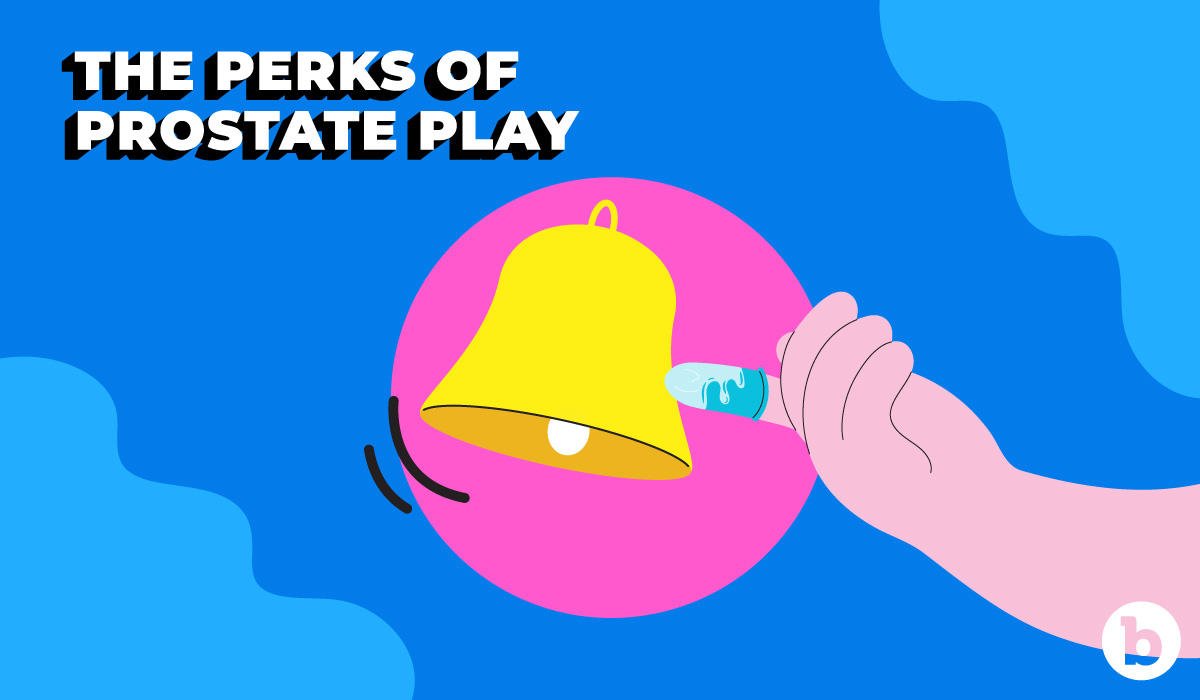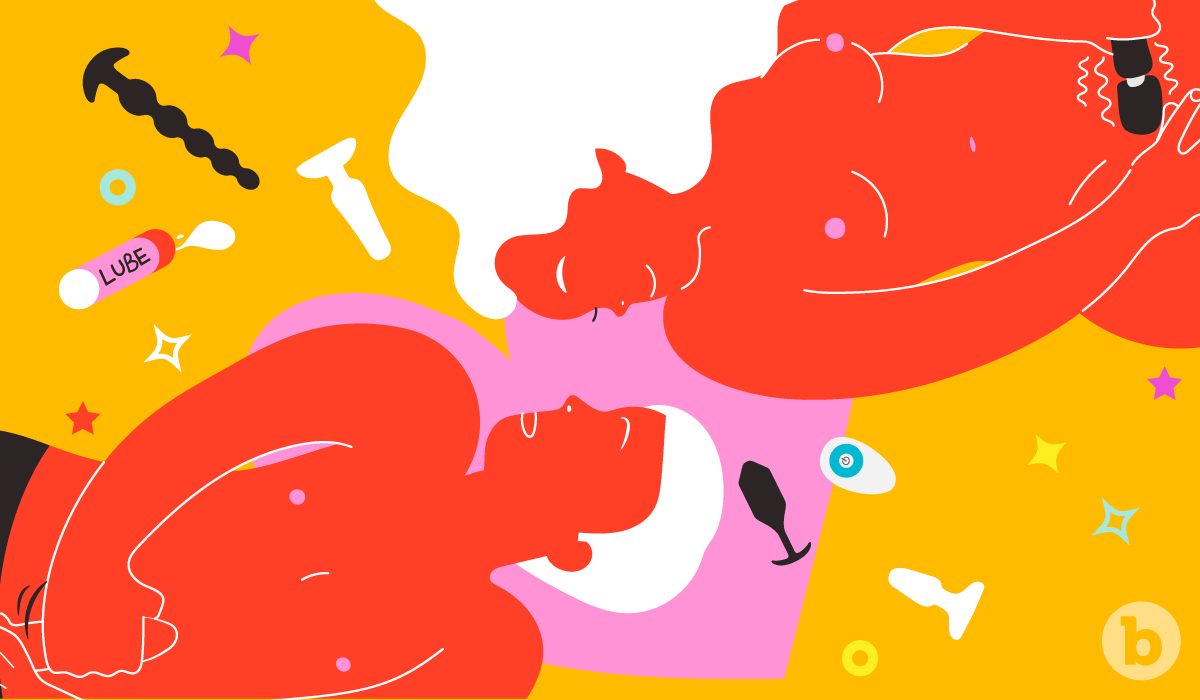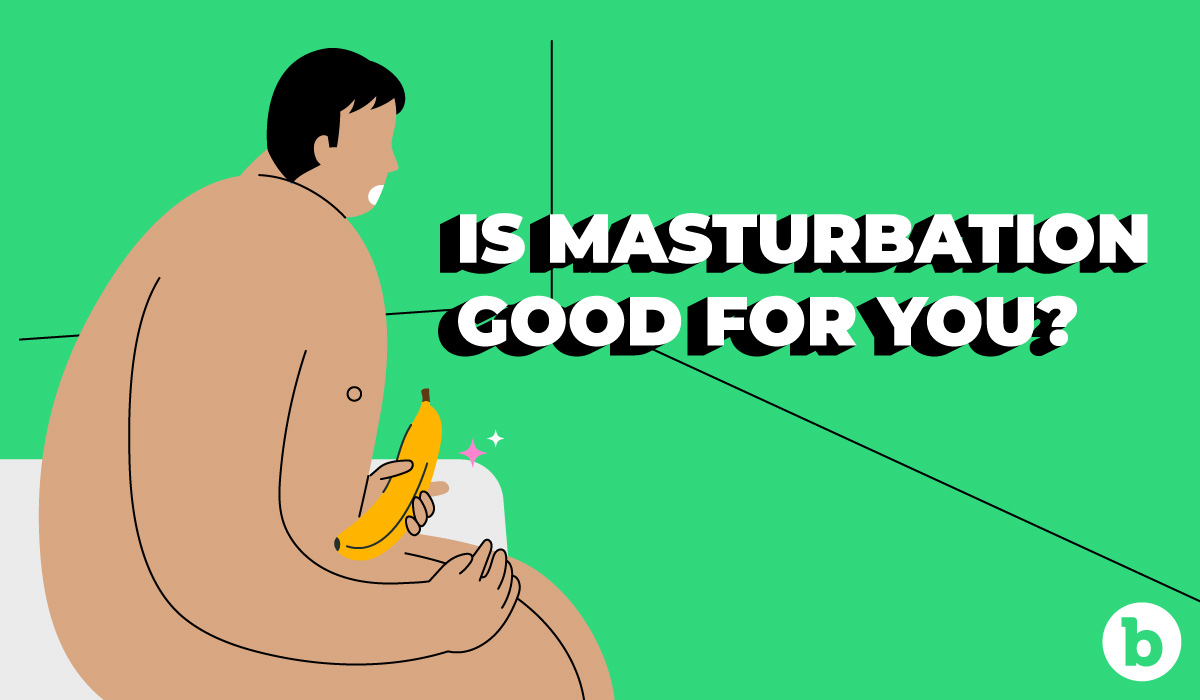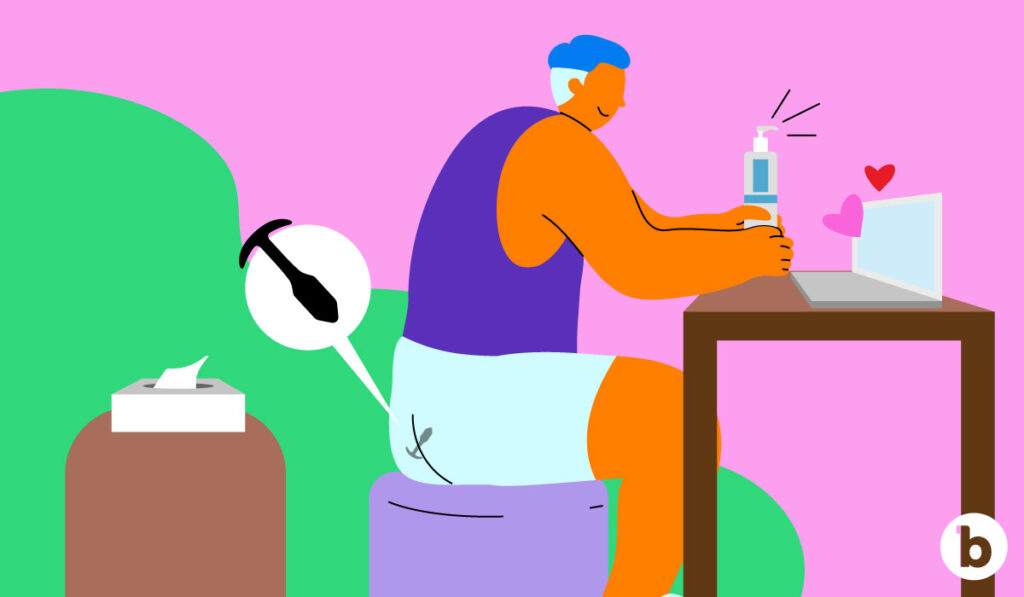
Can Men Have Multiple Orgasms? Hell Yes – And Here’s How It Works!
2025 is almost upon us and men having one-and-done orgasms is oh so 2024. Multiple orgasms are an achievable reality despite what you’ve heard.
And no, doctors haven’t magically discovered a new sex organ on penis owners (sorry guys, we know you were pulling for that to have been the case).
Penis-owners are blessed with 2 types of orgasms
People born with a penis possess 2 unique methods of orgasm and ejaculation.
You already know the first – an orgasm achieved by good ol’ fashioned stroking of the penis with a hand, sex toy, or by a partner.
The second shouldn't be too much of a surprise; it’s just been a bit taboo over the last few decades for some really silly reasons. It's an orgasm that occurs as a result of prostate stimulation -- And if there's only ONE thing you read today, let it be this complete guide on how to have a prostate orgasm.
Anatomy 101: The P-Spot
If you were born with a penis, then your inner sexual workings were blessed with a prostate, otherwise known as the P-spot (the male equivalent of the female G-spot).
Your prostate hangs out between the bladder and penis, just front of the rectum (which makes it an excellent facilitator of anal pleasure, but we'll get to that later), and it's connected to the same tiny hose that allows urine to vacate the body.
Nature installed this muscular, walnut-sized gland to pump prostate fluid through the urethra, which conveniently happens when you ejaculate. But did you know that stimulating your prostate can unleash some of the most mind-dissolving climaxes you’ve ever had? And possibly open the door to multiple orgasms?
RELATED: Do trans women have prostates?
The swimmer's bodyguard - prostate fluid
By now you're probably wondering why we're lecturing you with an impromptu science class, but pleasure aside, the prostate is essentially the entire reason you were born (yes, seriously!).
See, the vagina doesn't exactly provide sperm with a – ahem - warm welcome. Though your partner's pleasure tunnel may look, taste, and smell like The Mother Goddess of All That is Righteous and Holy, it's actually the exact opposite from the P.O.V. of a squiggly, single-celled organism.
The vagina is naturally acidic in pH to combat bacteria and protect a woman’s most precious mucous membrane from infection. Without the pH-balancing and shielding effects of prostate fluid, those tiny swimmers are diving right into a bucket of searing acid. Semen acts like a bio-hazard suit, keeping sperm safe until they reach their destination and battling to fertilize the egg. Without it, those little cells might never finish the journey!
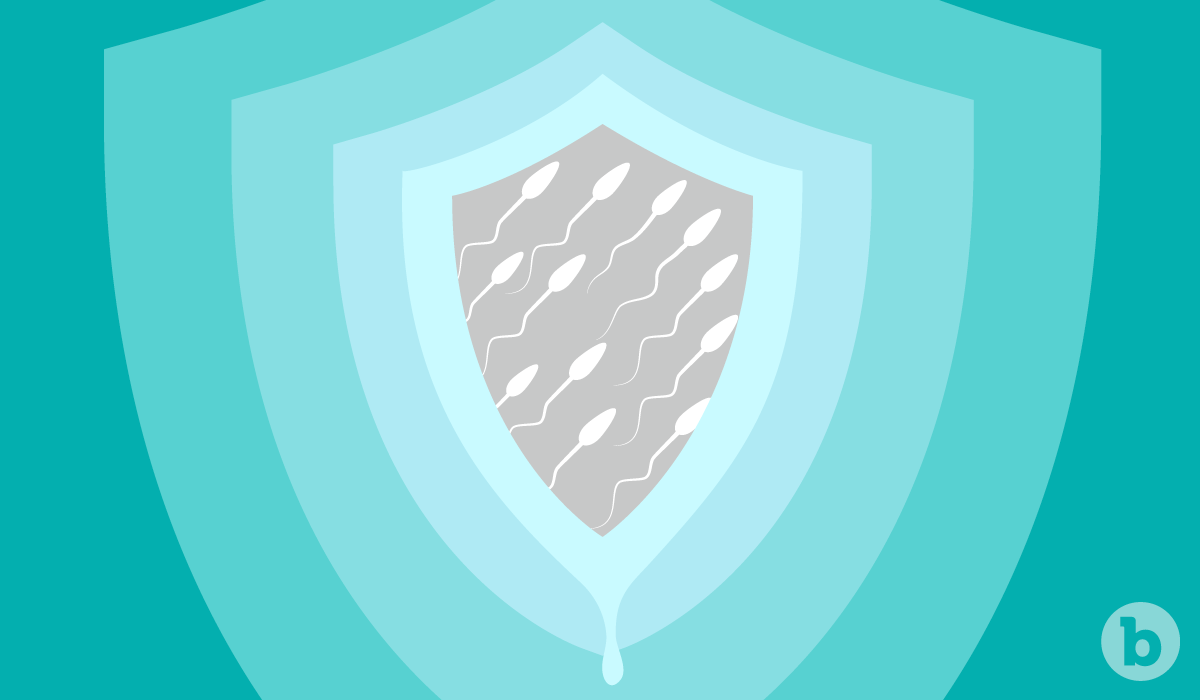
So how does this education session lead to the mythical multiple orgasms for men? The answer is coming right up (pun intended)!
Orgasms in the Old-Fashioned Way
Typical orgasms for penis owners are pretty simple to create, but rather fascinating in their function. The human sexual response cycle, published by famous sex researchers Masters and Johnson in 1966, still does a top-notch job of explaining what happens when your penis gets hard and is stimulated to orgasm.
When you become aroused by taste, touch, smell, or - let’s face it - the insanely hot sexual chemistry happening in your favorite porn clip, blood rushes to the pelvis and fills the spongy tissue that fills the inside of the shaft. The veins in the penis eventually shut off, trapping all that blood inside the penis and making it awesomely stiff.
Next comes the plateau phase, more commonly known as screwing, masturbating, fellatio, jerking off – no matter how you slice it, the penis is getting some action and preparing itself for orgasm. At this point, penises usually drip pre-ejaculatory fluid, which also helps prep the urethra’s pH to safely deliver the sperm.

At the point of no return, muscles in the penis and around the base of the butt-hole contract to fire out semen – a combination of sperm and their bodyguard, prostate fluid – while the penile nerves tell the brain that something incredibly pleasurable is happening.
Then come resolution, refraction, and a trip to the fridge to grab that leftover sandwich. Muscle tension fades, tightened blood vessels in the penis open back up, and the refractory period – when the body is essentially incapable of wanting and performing the physical acts of intercourse - begins. The amount of time it takes for him to be able to get hard again and orgasm can take anywhere from a few minutes to several days, so for many men, that’s pretty much where the story ends. Or is it?
The Prostate - Nature's secret to multiple orgasms for men
Clitoris owners don’t have a refractory period (we know, it’s totally unfair), hence the reason multiple orgasms have long been a woman’s quest. But all thanks to the prostate, dudes can orgasm again, just via a completely different method.
Remember how we talked about that walnut-sized gland a bit earlier? When stimulated through the anus or under the perineum AKA taint, men are able to fully orgasm without being hard, and usually without ejaculating semen. (It only sounds like magic, but the science is pretty cool, too.)
Going from the behind
For starters, guys, leave all those outdated rumors behind (literally and figuratively). Enjoying anal stimulation has nothing to do with your sexual preference or identity.
READ: Does anal play make me or my boyfriend gay?
It just means you’re open-minded and sexually explorative enough to indulge in one of nature’s most well-kept secrets for mind-blowing, multiple orgasms.
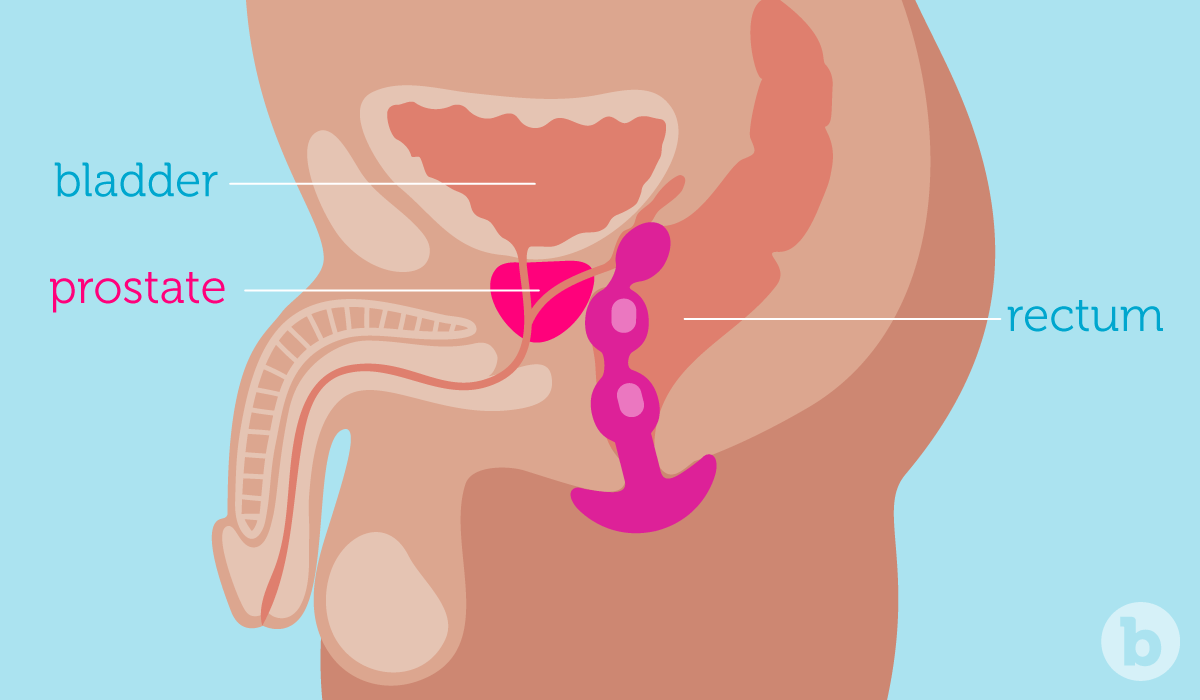
When you’re feeling comfortable and relaxed, grab some water-based lube and anal toys or use a gloved finger – your own, or a trusted partner’s.
Gently slide it into your b-hole and as you push, gently angle the toy towards your penis, like you’re curving up to meet the tilt of your pelvis. Remember to go slow, listen to your body’s signals, and use lots of lube!
You’ll know you’ve found the p-spot when you feel a slight pressure, which feels a bit like having to pee before turning into intense, oh-my-god-I’m-gonna-come sort of awesomeness.
Turn on the toy vibrations and send yourself over the edge, with or without simultaneous stimulation of the penis.
Can men have multiple orgasms?
Yes! There’s no refractory period involved with prostate play, so you can spend all day pleasuring this amazing organ (but please wait for the weekend. We don’t think your boss gives sick days for finding your P-spot – yet!).
